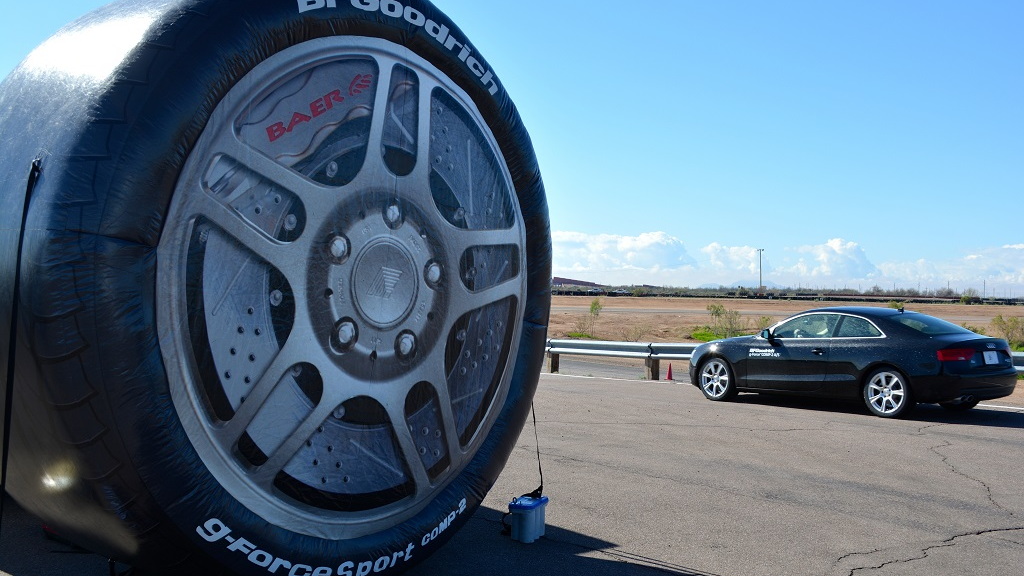

The depth of the dent should be used as the StopDist input. Measure the impact dent with two rulers: one ruler only to span the dent as a marker and the other ruler to measure the depth of the dent. Drop the kettle bell weight from the input Height. To calculate the StopDist input, use a 4.5 kg metal kettle bell weight (not the larger sand filled type.) Such kettle bell weights are readily available at any store that sells consumer weights for home use. To calculate the Height input, measure the distance from the ground to the highest potential a given vaulter / horse combination could attain for the vaulter's center-of-gravity with the potential skills being performed. It may or may not be feasible to develop affordable and simple test methods for other footing materials in the future. This test method will only work with sand, or mostly sand based footing. Test Metric for these formulas provided by : When combining the above formulas we can reduce / cancel out all the way to just:īoth Height and StopDist must be in the same units of measurement, so if using a Height of Meters and a StopDist of Centimeters, the final formula is: "11-2: Falls" Safety and Health for Engineers. Calculationsįormulas taken from Brauer, Roger L.
#G FORCE TEST HOW TO#
This page provides a technical overview of how to calculate the force a vaulter experiences during a fall, including an introduction to g-force calculations with references and sources, an official test method that uses readily available tools, comparisons to other sports, and finally, recommendations specific to vaulting.


 0 kommentar(er)
0 kommentar(er)
